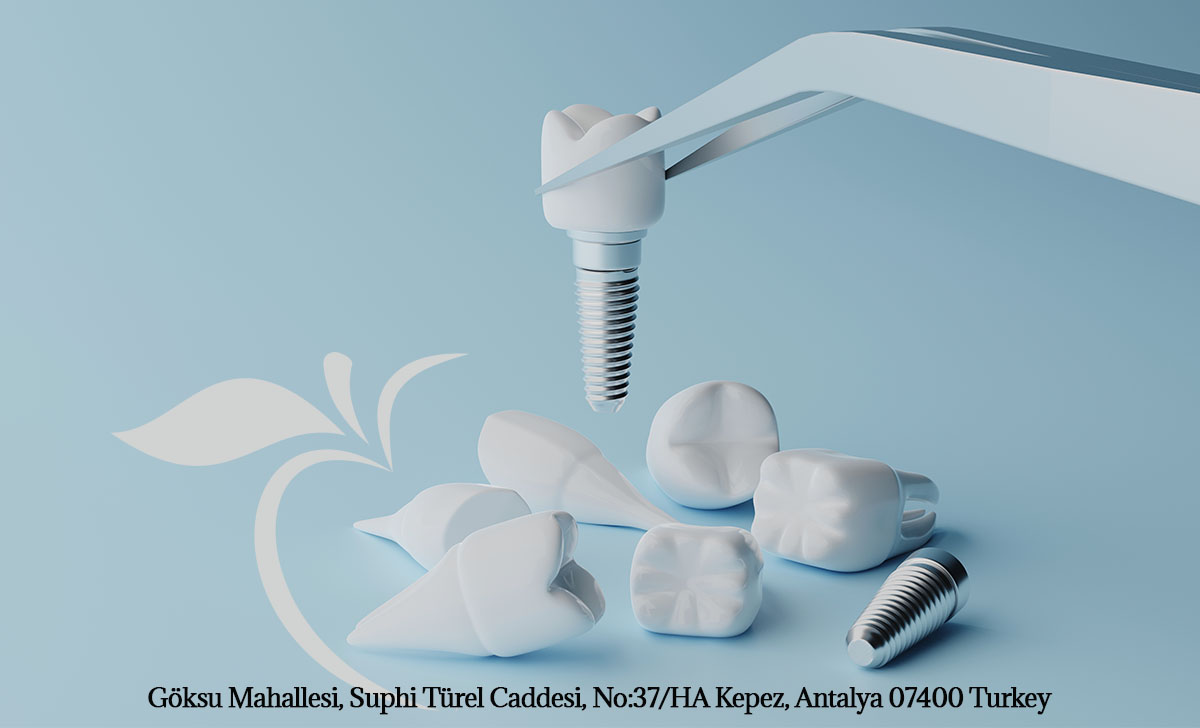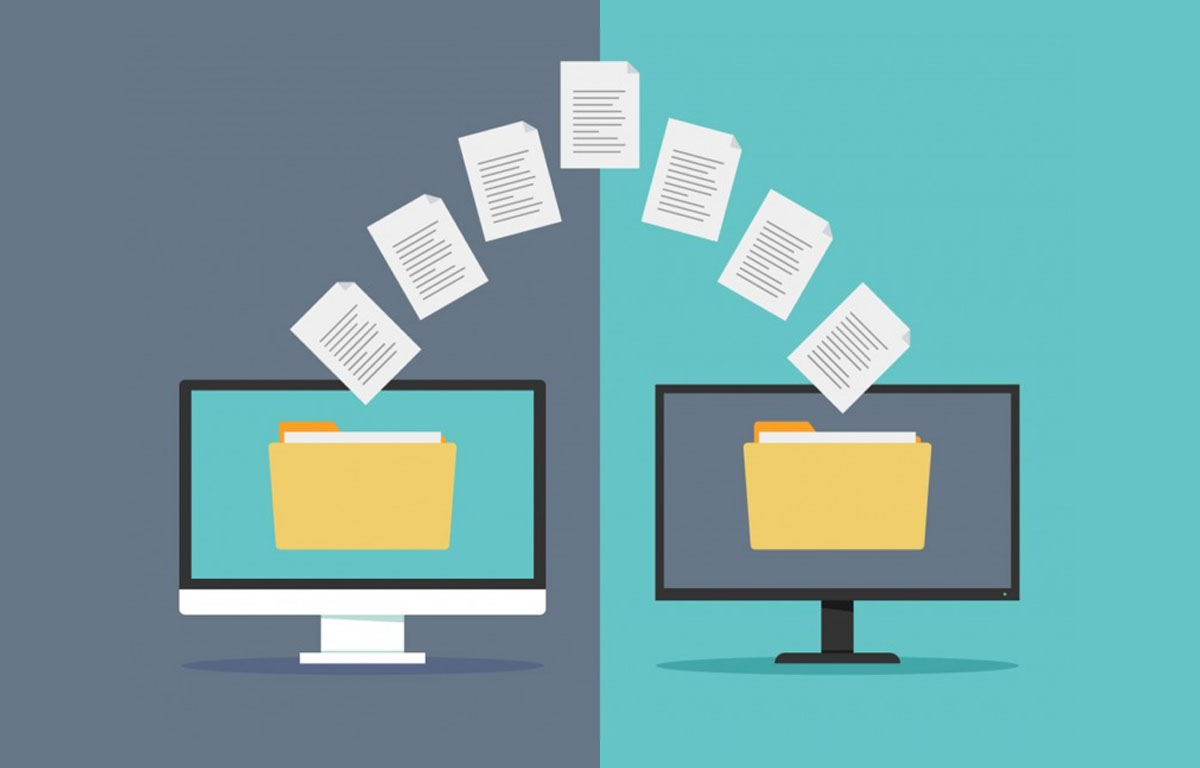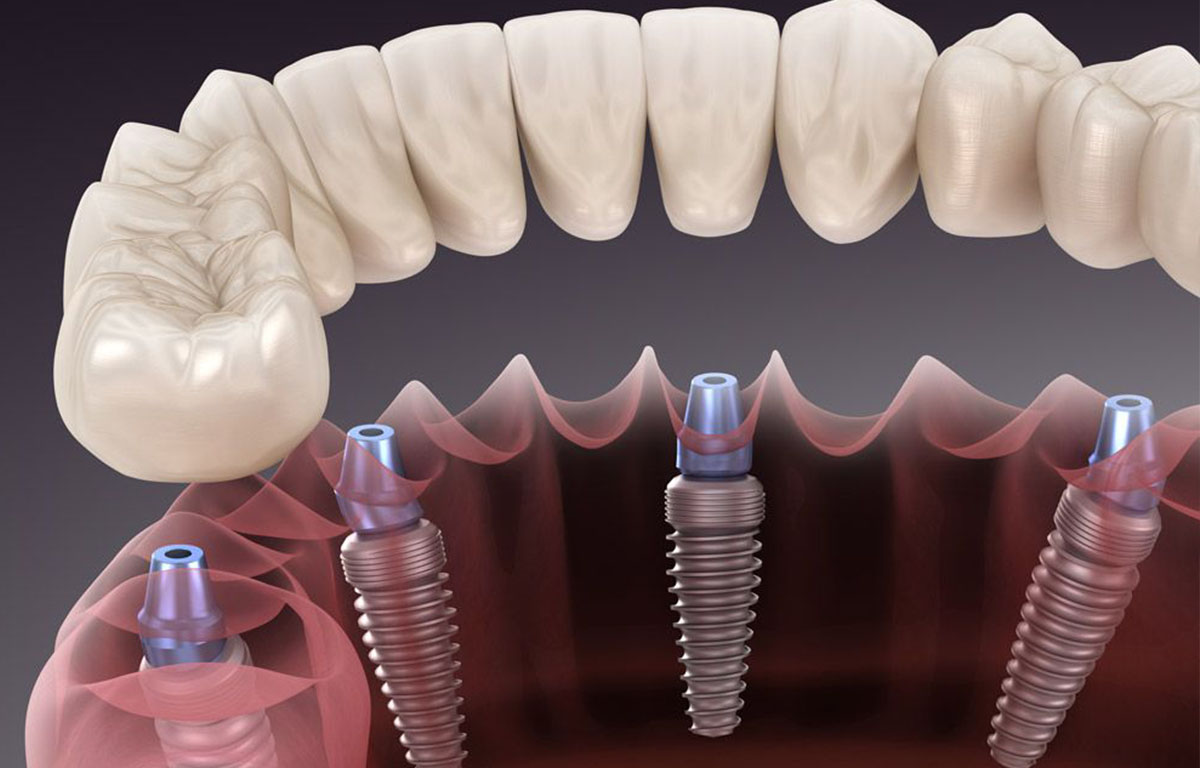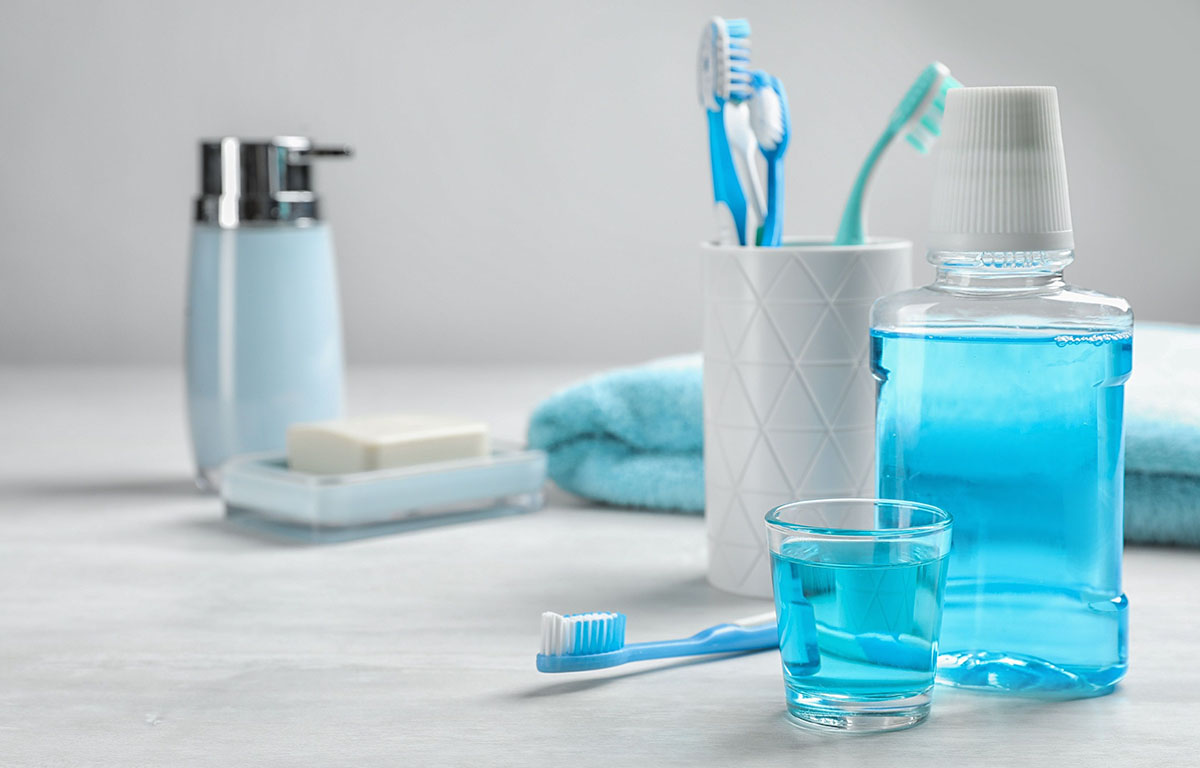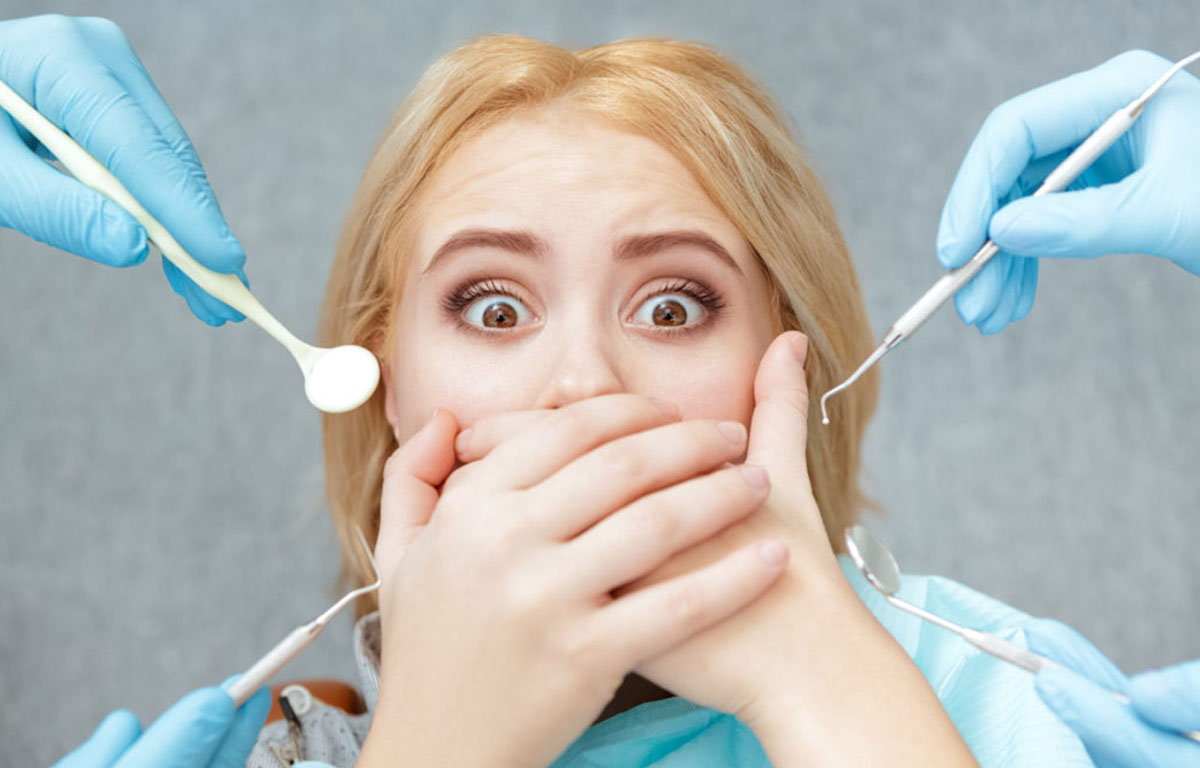Explore the Dentistry Blog
Newsroom
Discover the Antalya Dental Hospital dentistry blog. Here we feature articles about oral health and wellness topics, our Antalya Dental Hospital owners and clinicians, and more!
Computed tomography of maxillofacial department (teeth picture in 3D) –
Frequently Asked Questions About Dental Health
FAQs
Our FAQs are the most commonly-asked questions put to our Dental Helpline over the last year. If you have a question for us, you can ask our Dental Helpline by telephone or email. Alternatively, please take a look at our library of oral health information, which contains a wide range of oral health advice in an easy-to-understand Q&A format.
Most dental practices offer white fillings as a normal part of the treatment they give you.
Erosion usually shows up as hollows in the teeth and a general wearing away of the tooth surface and biting edges. This can expose the dentine underneath, which is a darker, yellower colour than the enamel. Because the dentine is sensitive, your teeth can also be more sensitive to heat and cold, or acidic foods and drinks.
It is important to wear a professionally made mouthguard whenever you play sport that involves physical contact or moving objects. This includes: cricket, hockey and football – which can cause broken and damaged teeth; and American football, boxing and rugby – which can all cause broken or dislocated jaws. A mouthguard will help protect against these happening.
It is sometimes possible to change the way the jaws grow, using a functional brace. This works by using the power of your jaw muscles and can help with certain types of problem.

